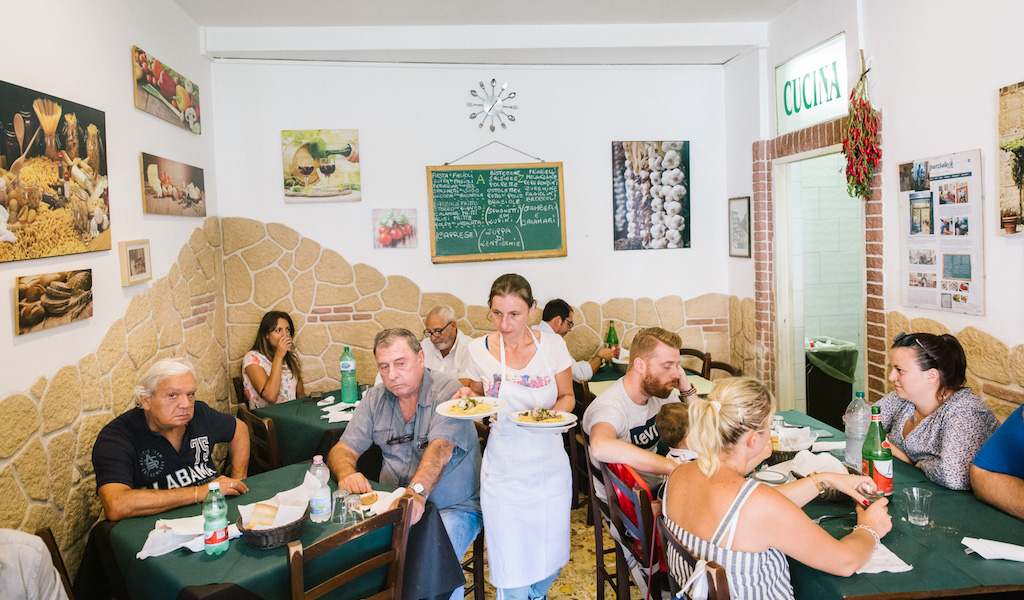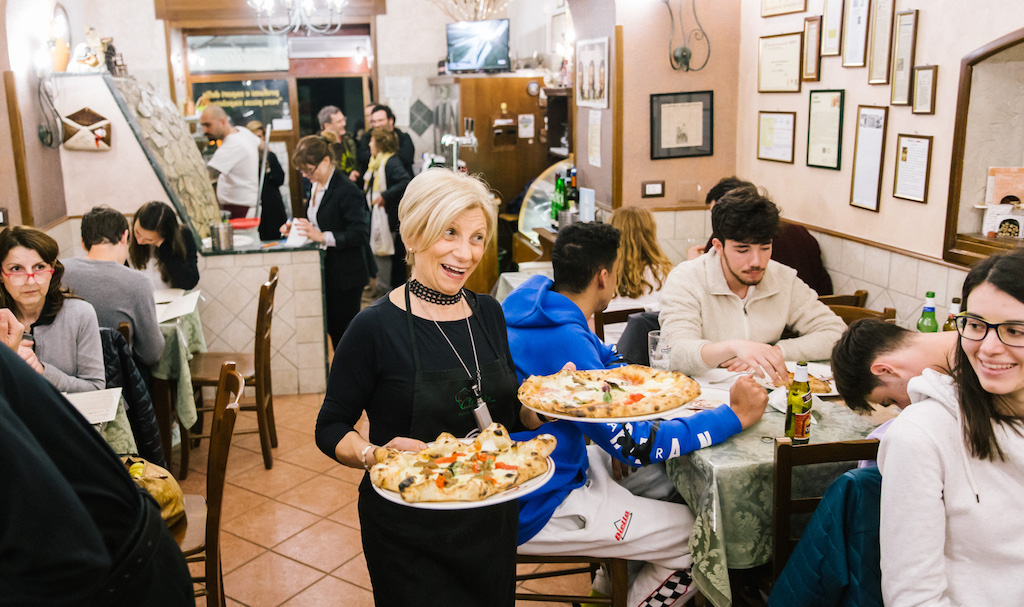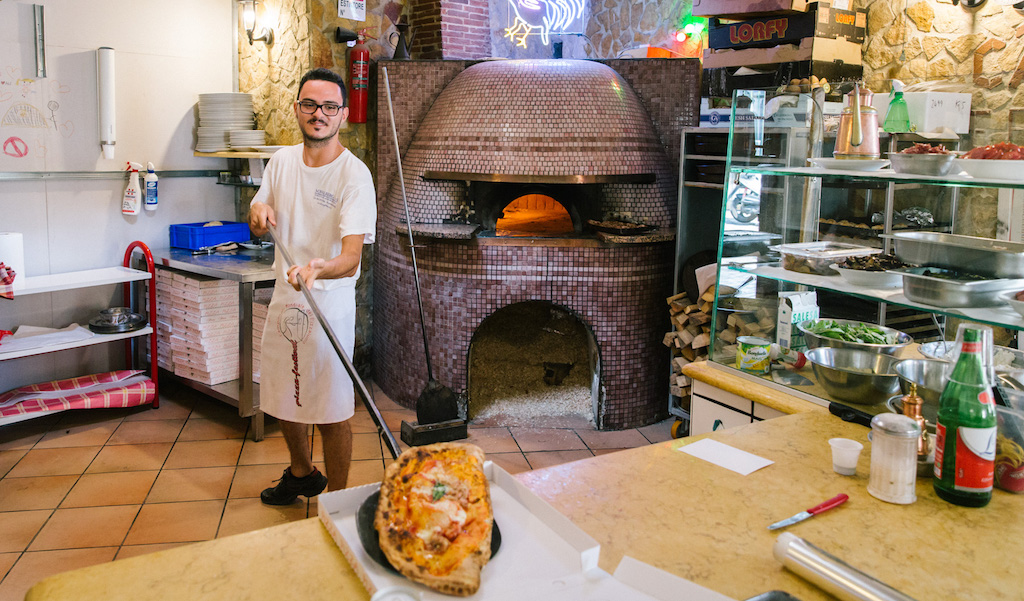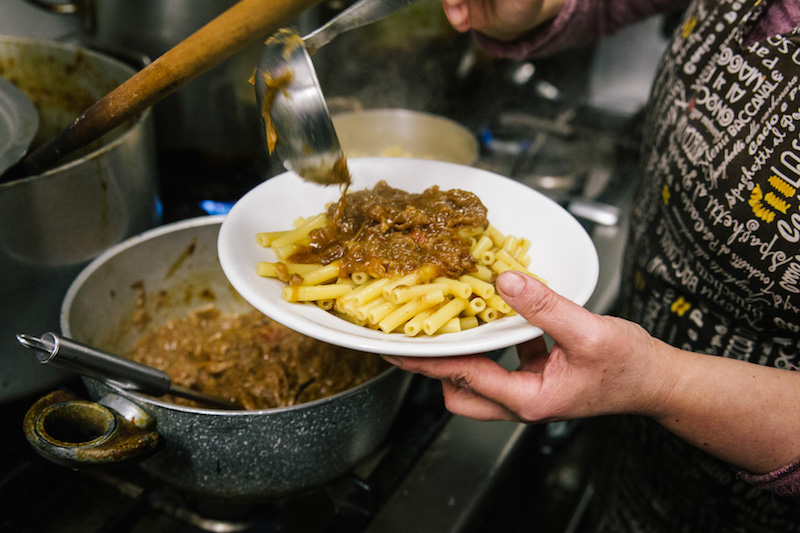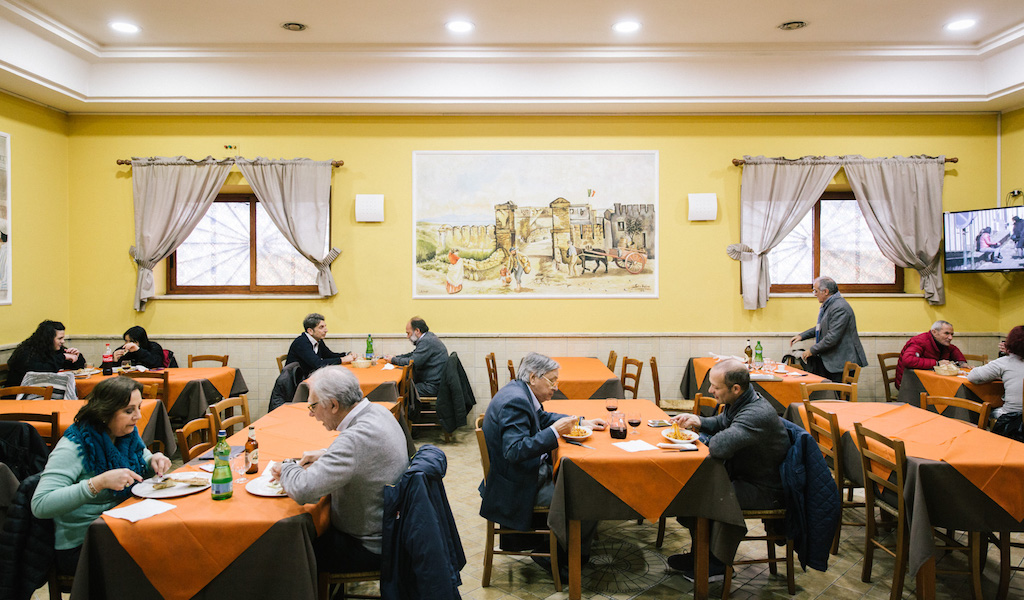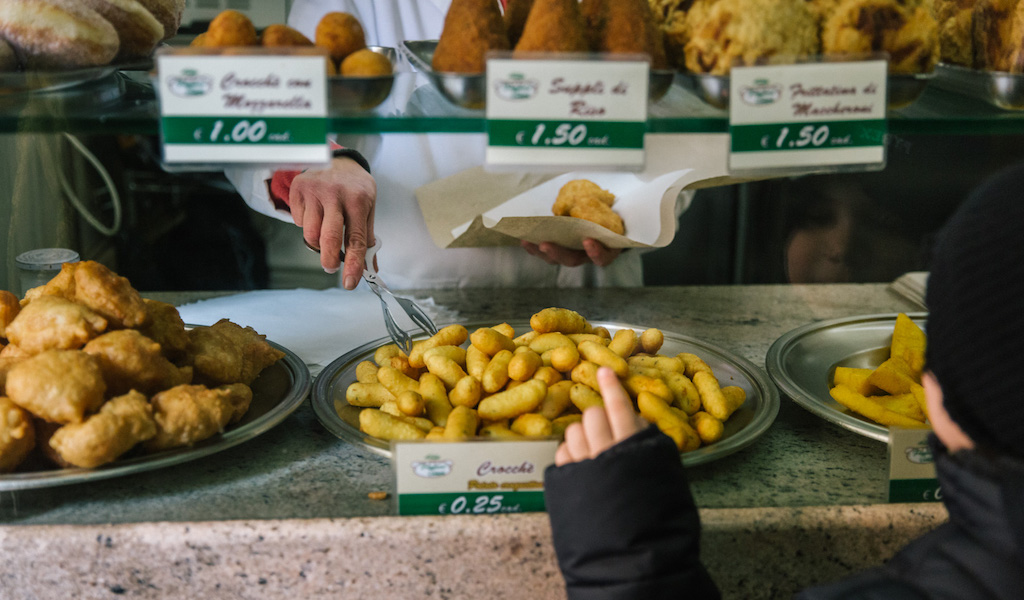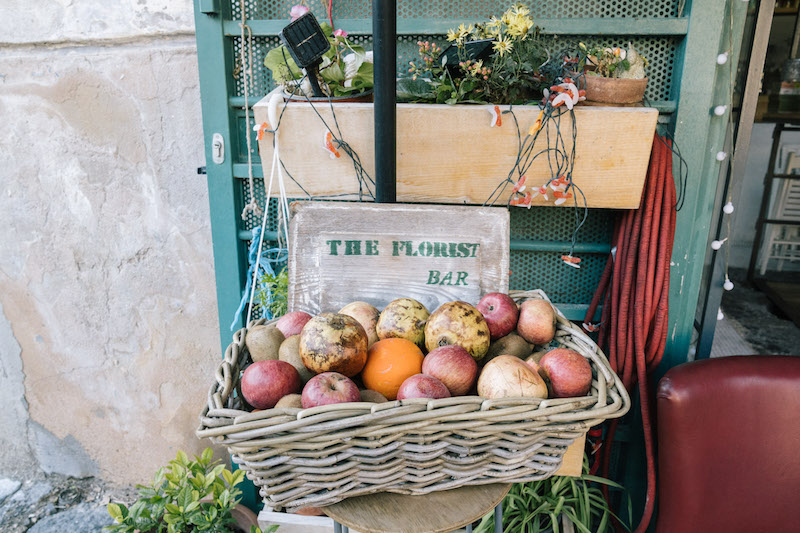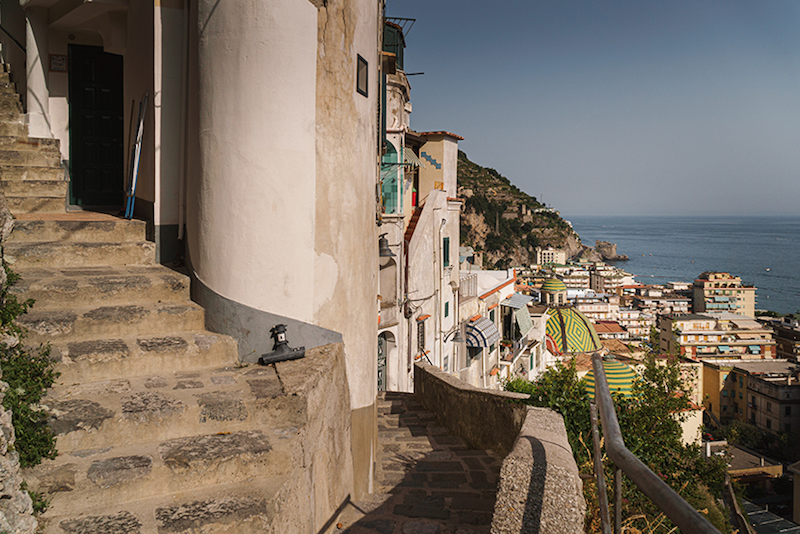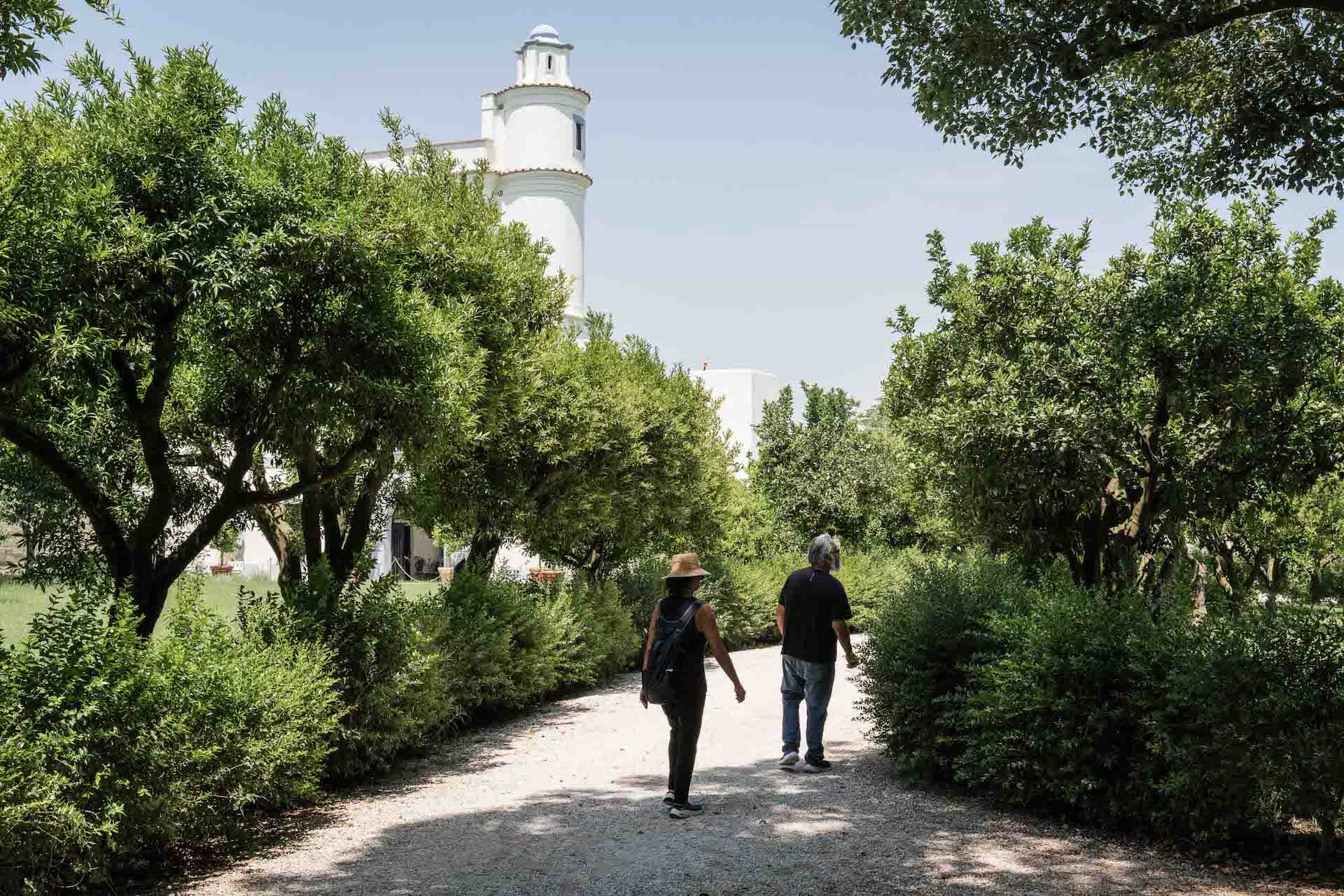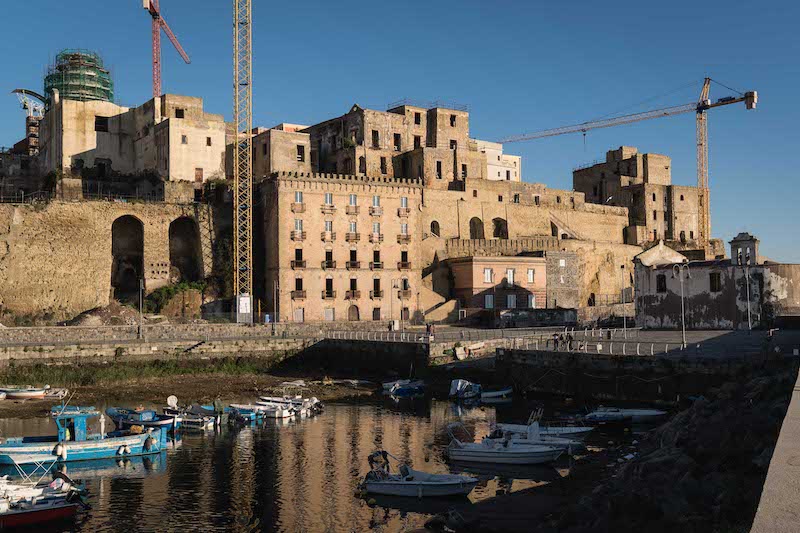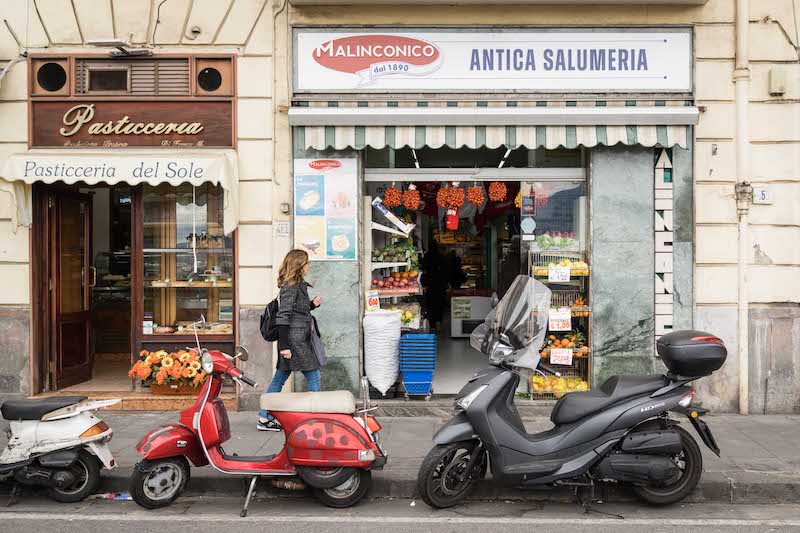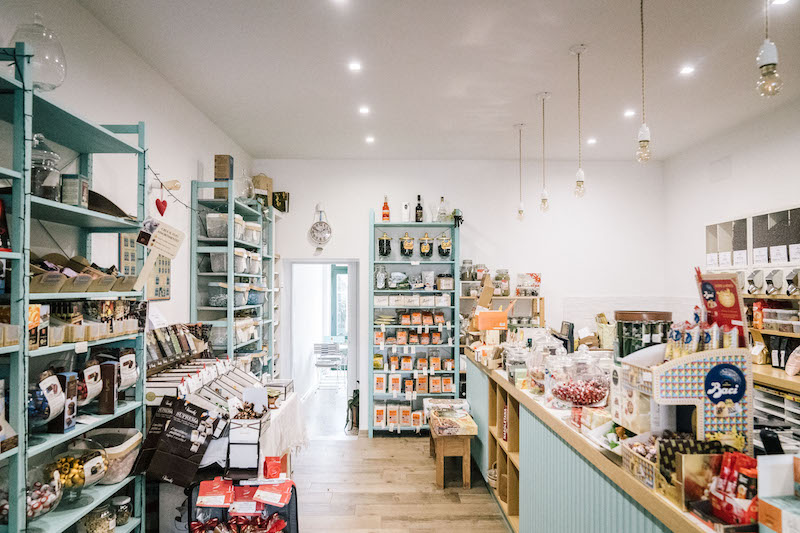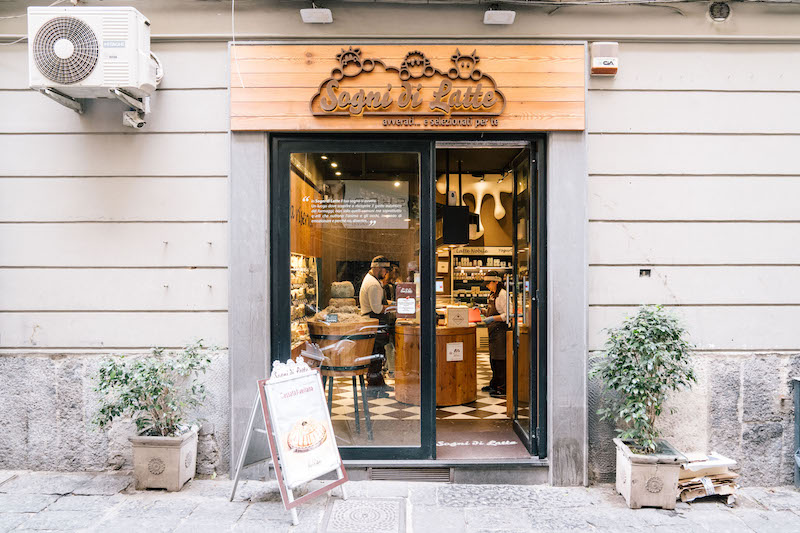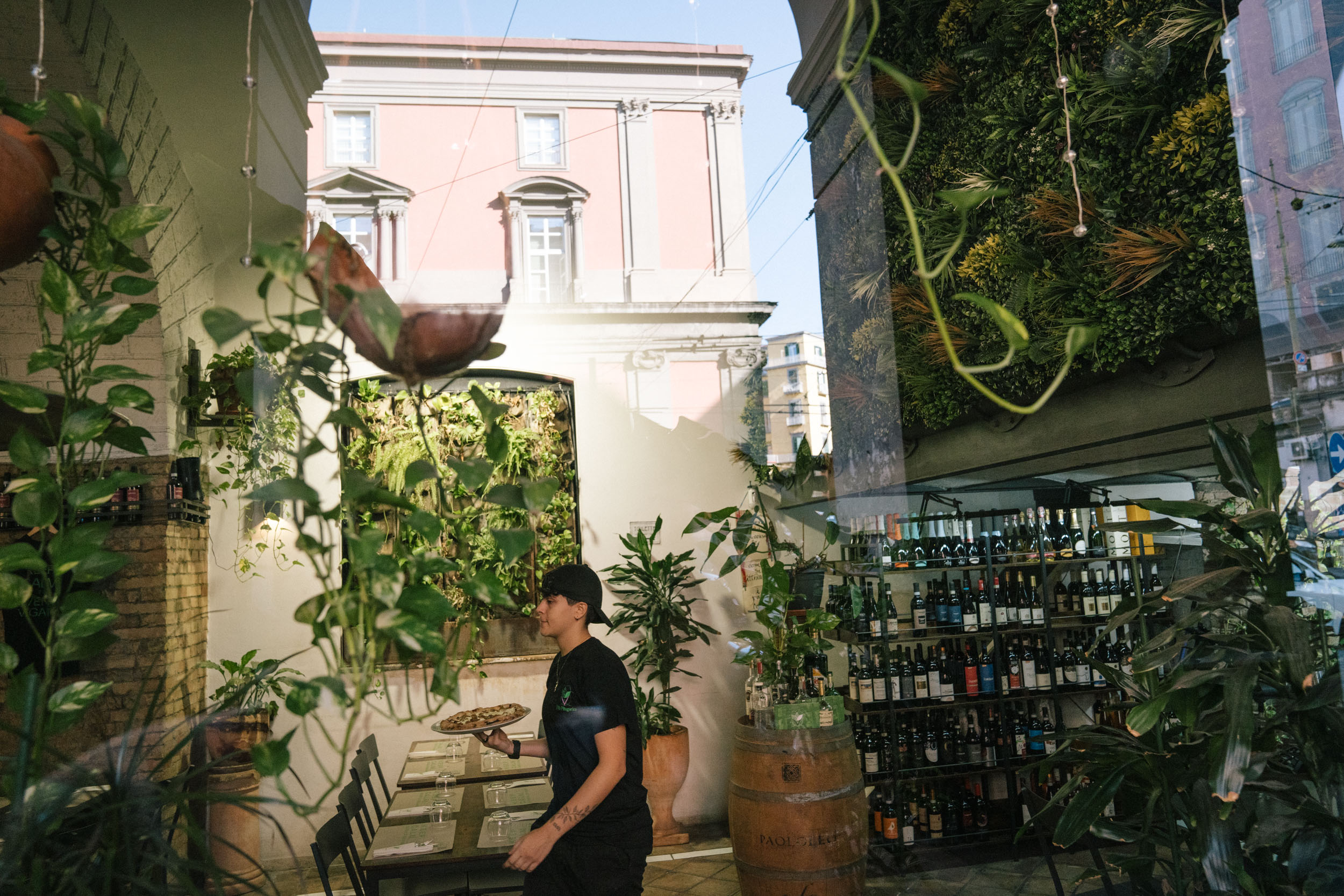We can't find the internet
Attempting to reconnect
Something went wrong!
Hang in there while we get back on track
Naples
Naples's culinary record
Traditions are still everything in Naples. The city prides itself on San Marzano tomatoes, which are grown nearby and are considered by many to be the best in the world, as well as the finest Lacryma Christi vines, ripened by stroking sea winds and the sun beating down on Vesuvius. The region produces the creamiest buffalo mozzarella in the world and grows its own indigenous broccoli, called friarelli. Cultivation methods are written into law to regulate producers, making it impossible to cut corners on quality. This abundance of produce then finds its way from fertile volcanic soil into the neighborhood markets, and locals take it home and cook it with care according to ancient recipes.
Get the Full Story →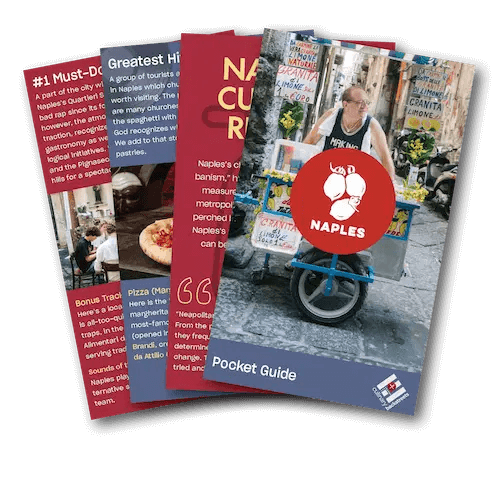
Get Your Free Naples Pocket Guide
Introducing our pocket-sized Naples guide — perfect for your next culinary adventure. Yours free when you sign up for our newsletter
Get Your Free Naples Pocket Guide
Introducing our pocket-sized Naples guide — perfect for your next culinary adventure. Yours free when you sign up for our newsletter
Naples Videos
Naples Videos
Your Questions, Answered
Naples is a city in the Campania region in the south of Italy. Located in the center of the Mediterranean, it has been influenced by every corner of this sea: language, art, culture and, of course, gastronomy. Naples is the third-largest city in Italy in terms of population, after Milan and Rome, and is the cultural capital of southern Italy.
A city founded by the Greeks, which then became Roman, Naples has more than 3,000 years of history and culture to explore. The ancient city center is entirely protected by UNESCO, and here it is possible to feast on the best pizza in the world – in the city where pizza was born. There are historic monuments, art galleries and architectural works to visit, as well as the seaside. Just half an hour by train is the most-visited archaeological site in the world, the lost city of Pompeii.
The best time of year to visit Naples is from April to June and from September to October. The temperature is almost always mild, and even in winter it is often possible to eat outside. In April, there are Easter celebrations with a lot of different foods on offer. May is a month of culture, with many cultural heritage sites open into the evening. December is particularly festive, with Nativity scenes and Christmas sweets all over the city. August is hot and the city is quiet, with many businesses closed.
The most famous dish of Naples is hands down the pizza. The art of the Neapolitan pizza makers is UNESCO protected, after all. Every Neapolitan has their favorite pizzeria, but the quality level is high everywhere. There are no gas or electric ovens, only wood – otherwise it is not true Neapolitan pizza. Neapolitan cuisine has even more to offer than its delectable pizza. It is it is essential to taste Neapolitan ragù, a dish where meat and tomato cooks for many hours. The Genovese is a dish not to be missed as well: a sea of onions and meat. Eggplant Parmigiana is another dish born in Naples that is famous worldwide. Don’t miss the Neapolitan broccoli, a kind of broccoli typical of the region.
Naples has a typically Mediterranean climate: The winters are mild and quite rainy while the summers are hot and sunny. It never snows, though once in a while can you admire a white-tipped Vesuvius from the city. It rains often in autumn, which is the rainy season, but it is still nice to be out, even in the rain. Summers are warm, with little rain, and the average temperature is just under 80 F. There are no real extreme climates in Napes, so anytime is worth a visit.
Prices in Naples are much lower when compared to the United States, and especially when compared to other European cities. The average price of a 3-star hotel in Naples is about $100. A cup of coffee costs just about $1, a simple beer about $2, and a sit-down dinner can run about $30. In many of our favorite backstreets restaurants, you can have a full meal for $10 a person. A metro ticket is just over $1.
There’s no denying that Naples has always had a bad reputation. But with its status as a top tourist destination, it has become a safer place for visitors. Today, neighborhoods once-considered dangerous, such as Sanità or the Spanish Quarter, have become incredibly popular for tourists. Like any big city, it is best to remain cautious of your possessions while in a crowd, and to pay attention to your surroundings when alone.
Each neighborhood has something to offer. Chiaia is an elegant spot near the sea, and makes for a lovely area to stay in Naples. For those making their first contact with the city, accommodation in the historic center is always a good bet. For those who have been to Naples before, venturing out to Sanità or the Spanish Quarter are also good options.
The Italian vaccination rate is at about 84%. Masks are no longer required in open spaces. Mask are only necessary on public transport, cinemas, theaters and hospitals.
A proof of vaccination or a negative PCR test are necessary on arrival for most tourists. U.S. citizens are permitted to enter visa-free for up to 90 days.
International Airport of Capodichino is the airport serving Naples. It is a small airport with connections to many European cities. There are direct flights from New York with United Airlines. The airport is very close to the center, a 10-minute drive. From the airport, you can take a 3 euro shuttle bus that will bring you to the central station or the historical center.
Naples has an immense number of incredible restaurants. For breakfast, head to an espresso bar for sfogliatella and coffee. Have lunch in a tucked-away trattoria, like pasta at Mangia e bevi or Neapolitan classics at Spiedo d’oro. Book a table for dinner at a slightly more elegant spot, such as Ristorantino dell’Avvocato or Buatta in the Vomero district. Check out our list of 10 essential Naples food spots for more ideas on where to eat in Naples.
The closest beaches to Naples are in Posillipo. You can get there in about half an hour on the metro (line 2, Mergellina stop). If you want to spend a day by the sea, you can take a ferry to Capri, Ischia or Procida. Just one hour by car is the stunning Amalfi Coast – Positano and Sorrento will blow you away.
Naples is a welcoming city for children. There is an abundance of choice in things to do and eat that kids will love. Restaurants always have simple food for the little ones; typically Italian children love macaroni with sauce and cutlets. And, what kids don’t like pizza! Art and culture are also adaptable to children’s tastes in Naples. In the National Archaeological Museum, workshops are organized to explain archeology to children; at the Madre Museum, there are often workshops to explain contemporary art as well. The streets of the old town are stone, but pushing a stroller isn’t too difficult. Crowded areas in the evening that might be better avoided include the Chiaia nightlife area, the Quartieri Spagnoli and Piazza Bellini.


